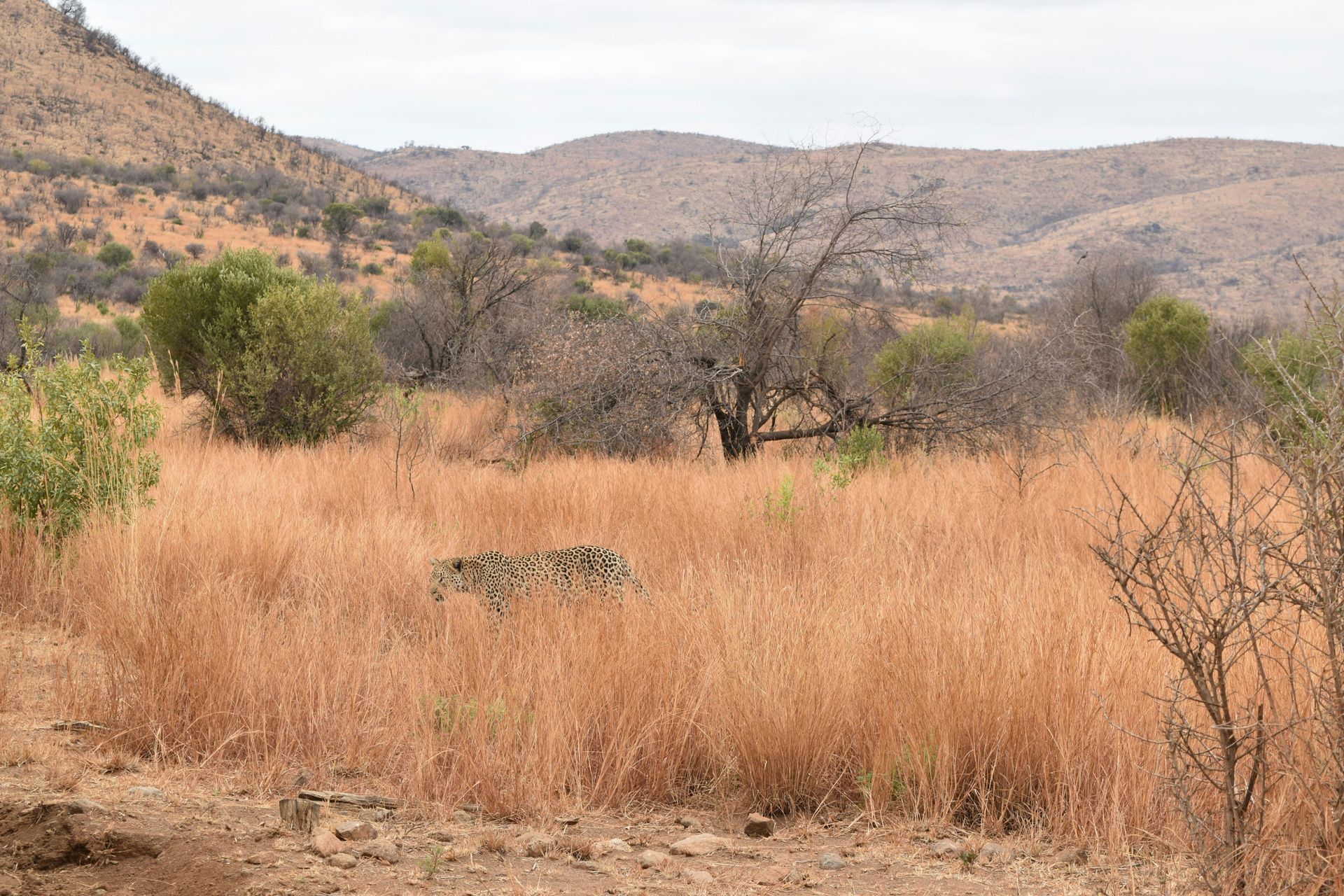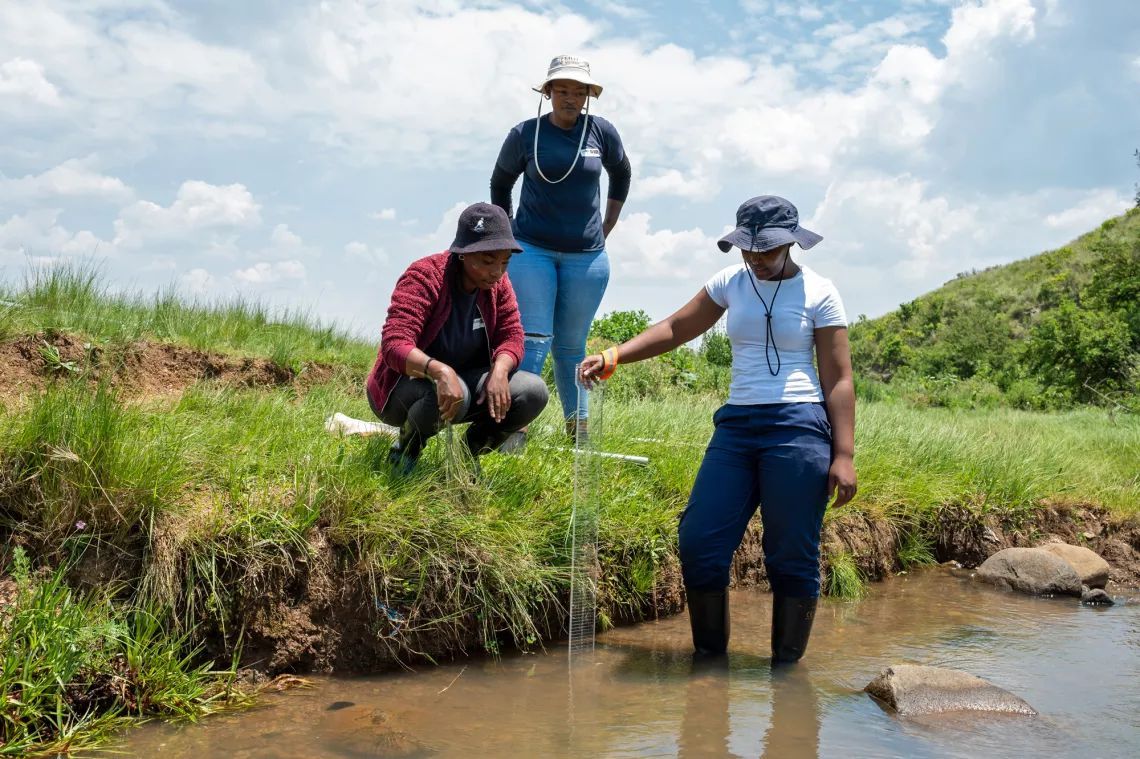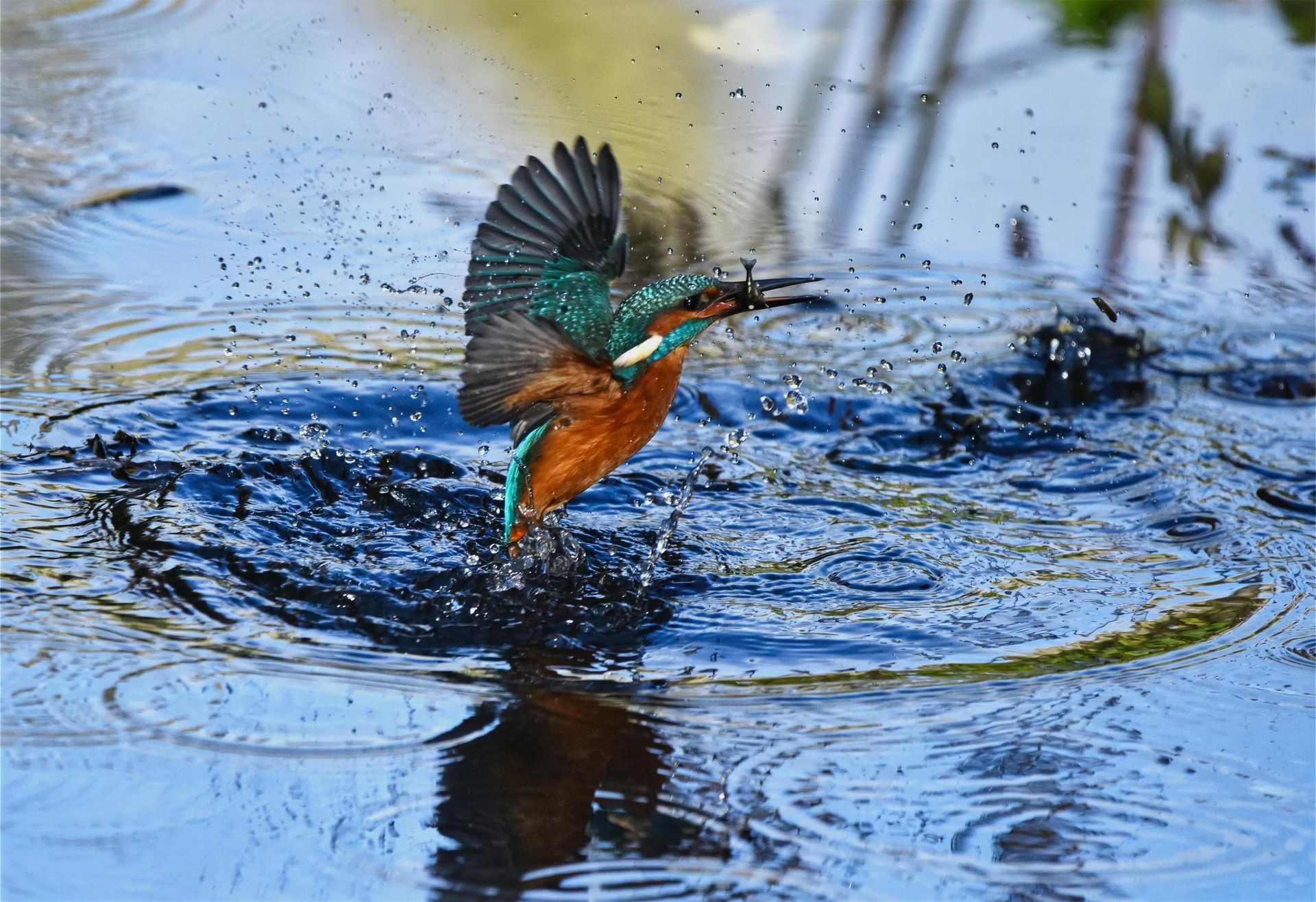Frameworks of Conservation Technology
Conservation technology has become an integral part of modern efforts to protect biodiversity, ecosystems, and habitats. It bridges the gap between environmental needs and the capacity to address them efficiently and effectively.
Frameworks
Connected Conservation Foundation
Taxonomy development
One of the leading frameworks that help quantify the impact of conservation technology is the model proposed by the Connected Conservation Foundation, which provides a clear roadmap for evaluating and implementing these technologies.
Core Concepts of Conservation Technology Frameworks
At the core of conservation technology frameworks is the recognition that technology must deliver measurable outcomes that contribute to biodiversity conservation and habitat recovery. These outcomes can be classified into several key areas: risk reduction, improved operational effectiveness, and enhanced cost efficiency. Each of these dimensions can be further broken down into subcategories that highlight the various ways technology can support conservation efforts.
The Impact Framework for Conservation Technology
The framework proposed by the Connected Conservation Foundation offers a structured way to understand the multifaceted impact of conservation technologies. By addressing both risks and operational challenges, this framework guides conservation professionals in assessing the value of technological interventions. Here’s a breakdown of its primary elements:
Reduced Risk
- Risk to Stakeholders: Conservation technology can lower risks for stakeholders by improving the predictability and sustainability of conservation outcomes. This can strengthen relationships with local communities, governments, and private organizations.
- Organizational Risk: Organizations involved in conservation can be exposed to various operational and financial risks. Technology helps reduce this by improving decision-making processes and operational oversight.
- Operational Risk: The use of real-time data collection and monitoring tools can mitigate risks associated with on-the-ground operations, such as resource management and wildlife protection.
Improved Operational Effectiveness
- Logistical Feasibility: Implementing technology can simplify the logistics of conservation projects, such as remote monitoring, data collection, and the deployment of resources in the field.
- Alignment to Protected Area (PA) Values: Technologies that align with the intrinsic values of Protected Areas ensure that their conservation goals are met without introducing disruptive elements.
- Management and Protection: Digital tools and systems improve the management of conservation sites by enhancing monitoring capabilities and ensuring swift responses to emerging threats, such as poaching or habitat degradation.
Improved Cost Effectiveness
- Capital Cost Reduction: Conservation technology often reduces upfront costs, allowing organizations to allocate resources more efficiently.
- Operating Cost Reduction: Technologies that streamline operations, like remote monitoring and automated data analysis, help reduce long-term operating expenses.
- Time and Effort Savings: By automating labor-intensive tasks such as wildlife tracking, habitat assessment, and reporting, conservation technology saves valuable time, enabling professionals to focus on strategic decision-making and broader conservation goals.
Understanding the Value of Conservation Technology
The framework outlined by the Connected Conservation Foundation provides a valuable tool for understanding how conservation technology can bring about meaningful changes in conservation practices. By reducing risks, improving operational effectiveness, and enhancing cost-efficiency, these technologies play a crucial role in modern conservation efforts.
This framework can serve as a guide for practitioners who aim to adopt technologies that directly contribute to biodiversity conservation and habitat restoration, aligning their efforts with measurable, impactful outcomes.
Share this article
Quicklinks

















